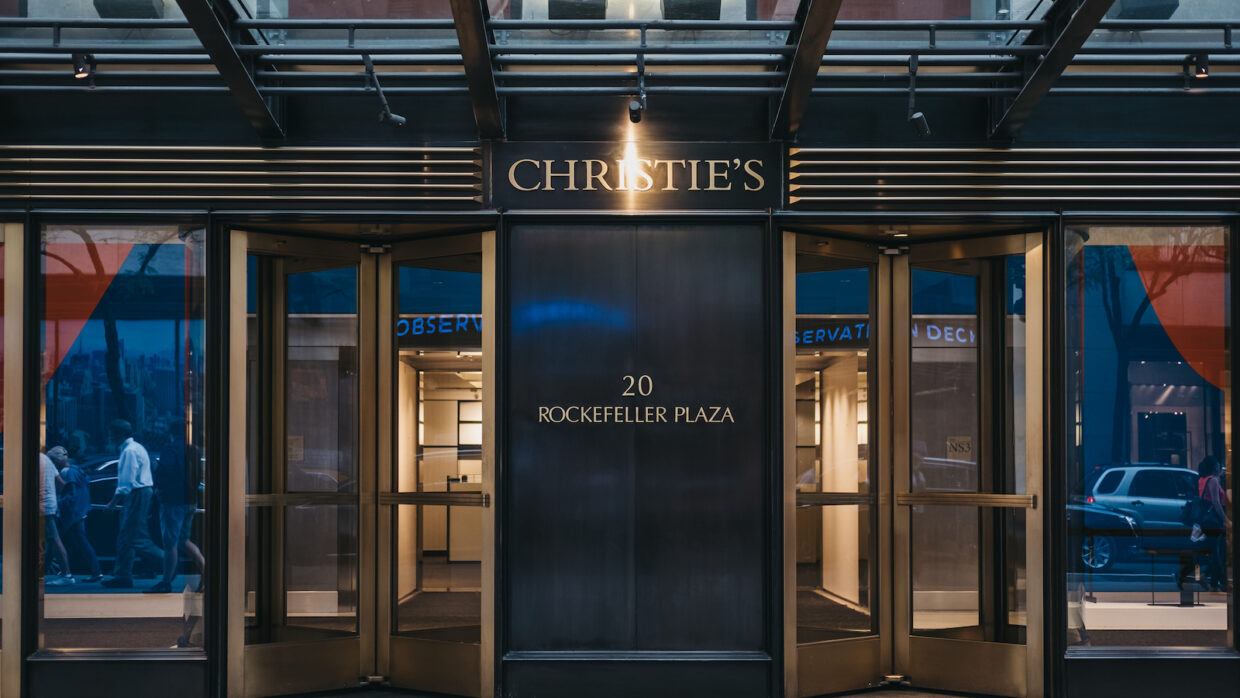|
Getting your Trinity Audio player ready...
|
In early 2021, the art world was jolted by a groundbreaking event: the sale of Beeple’s Ethereum NFT work, “Everydays: The First 5000 Days,” for an astonishing $69.3 million at Christie’s. This sale not only shattered previous records but also marked a significant shift in the perception and value of digital art. Christie’s, a 257-year-old auction house known for its dealings in masterwork paintings and historical artifacts, found itself at the forefront of a new technological frontier.
Following this landmark event, Christie’s swiftly adapted to the burgeoning world of NFTs. The establishment of Christie’s Ventures, a tech-focused venture capital arm, and Christie’s 3.0, a fully on-chain Ethereum NFT art marketplace, underscored the auction house’s proactive approach to integrating technology with art. Christie’s 3.0, in particular, has played a pivotal role in legitimizing the on-chain fine art market. It has featured works from both digital-native artists like Claire Silver and William Mapan, as well as on-chain versions of works from more traditional artists, including Keith Haring.
The transformation of Christie’s reflects a broader cultural and market shift. Initially met with skepticism, the auction house’s journey to embracing blockchain technology highlights the growing acceptance of digital art as a legitimate and valuable form of expression and investment. This shift extends beyond the art world, influencing luxury brands like Prada, which are exploring NFTs as a means to redefine brand engagement and consumer interaction.
Despite the initial uncertainty and the volatile nature of the crypto market, Christie’s experience suggests that the integration of NFTs into the art and luxury brand market is more than a passing trend. The auction house’s successful venture into digital art, coupled with the sustained interest from high-profile clients, indicates a deepening engagement with this space. As technology continues to evolve, institutions like Christie’s and luxury brands are likely to further explore the intersection of tradition and innovation.
The journey of Christie’s, from a traditional auction house to a digital art pioneer, exemplifies the inevitable convergence of art, technology, and commerce. As the boundaries between physical and digital art continue to blur, institutions like Christie’s and luxury brands are poised to play a significant role in shaping the future of art and consumer engagement in the digital age.



